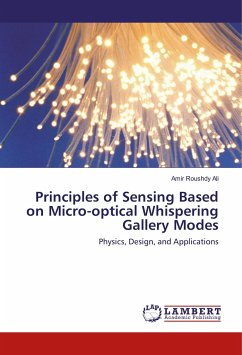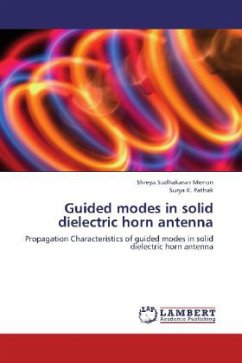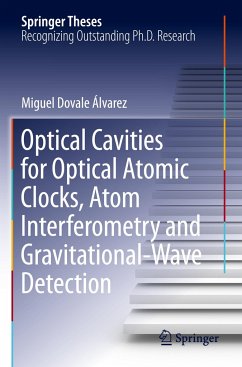
Electric Field Detection Using Whispering-Gallery Modes Cavities
Mathematical Models and Simulation
Versandkostenfrei!
Versandfertig in 6-10 Tagen
27,99 €
inkl. MwSt.

PAYBACK Punkte
14 °P sammeln!
This book presents and verifies the mathematical model of an electric field senor based on the whispering gallery mode (WGM). The sensing element is a dielectric microsphere, where the light is used to tune the optical modes of the microsphere. The light undergoes total internal reflection along the circumference of the sphere; then it experiences optical resonance. The WGM are monitored as sharp dips on the transmission spectrum. These modes are very sensitive to morphology changes of the sphere, such that, for every minute change in the sphere's morphology, a shift in the transmission spectr...
This book presents and verifies the mathematical model of an electric field senor based on the whispering gallery mode (WGM). The sensing element is a dielectric microsphere, where the light is used to tune the optical modes of the microsphere. The light undergoes total internal reflection along the circumference of the sphere; then it experiences optical resonance. The WGM are monitored as sharp dips on the transmission spectrum. These modes are very sensitive to morphology changes of the sphere, such that, for every minute change in the sphere's morphology, a shift in the transmission spectrum will happen and that is known as WGM shifts. Due to the electrostriction effect, the applied electric field will induce forces acting on the surface of the dielectric sphere. In turn, these forces will deform the sphere causing shifts in its WGM spectrum. The applied electric field can be obtained by calculating these shifts. Navier's equation for linear elasticity is used to model the deformation of the sphere to find the WGM shift.The finite element numerical studies are performed to verify the introduced model and to study the behavior of the sensors.












